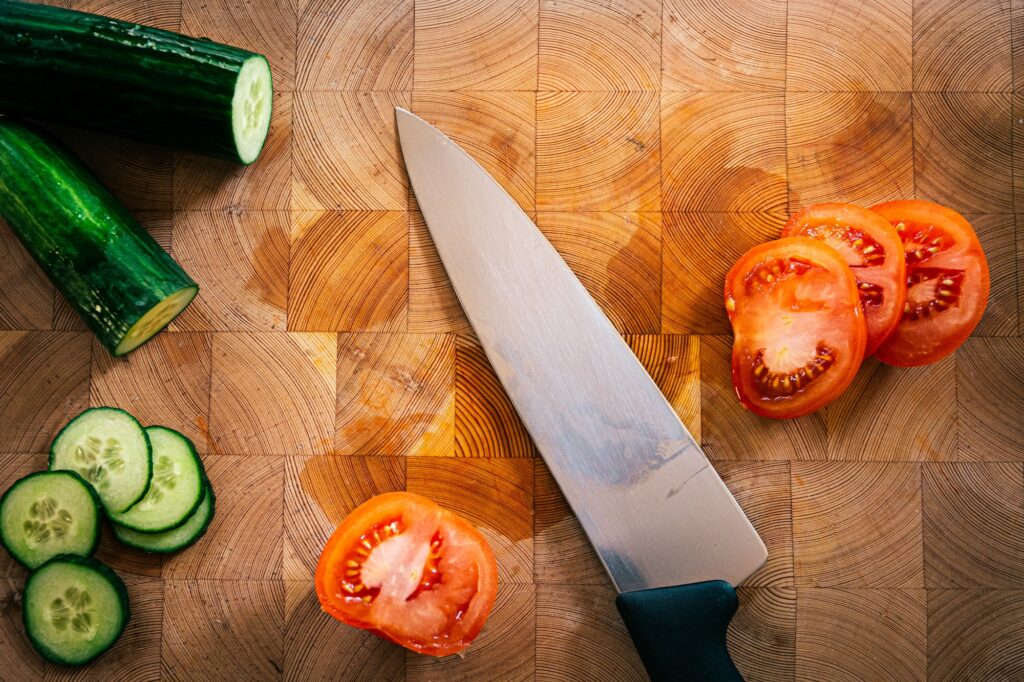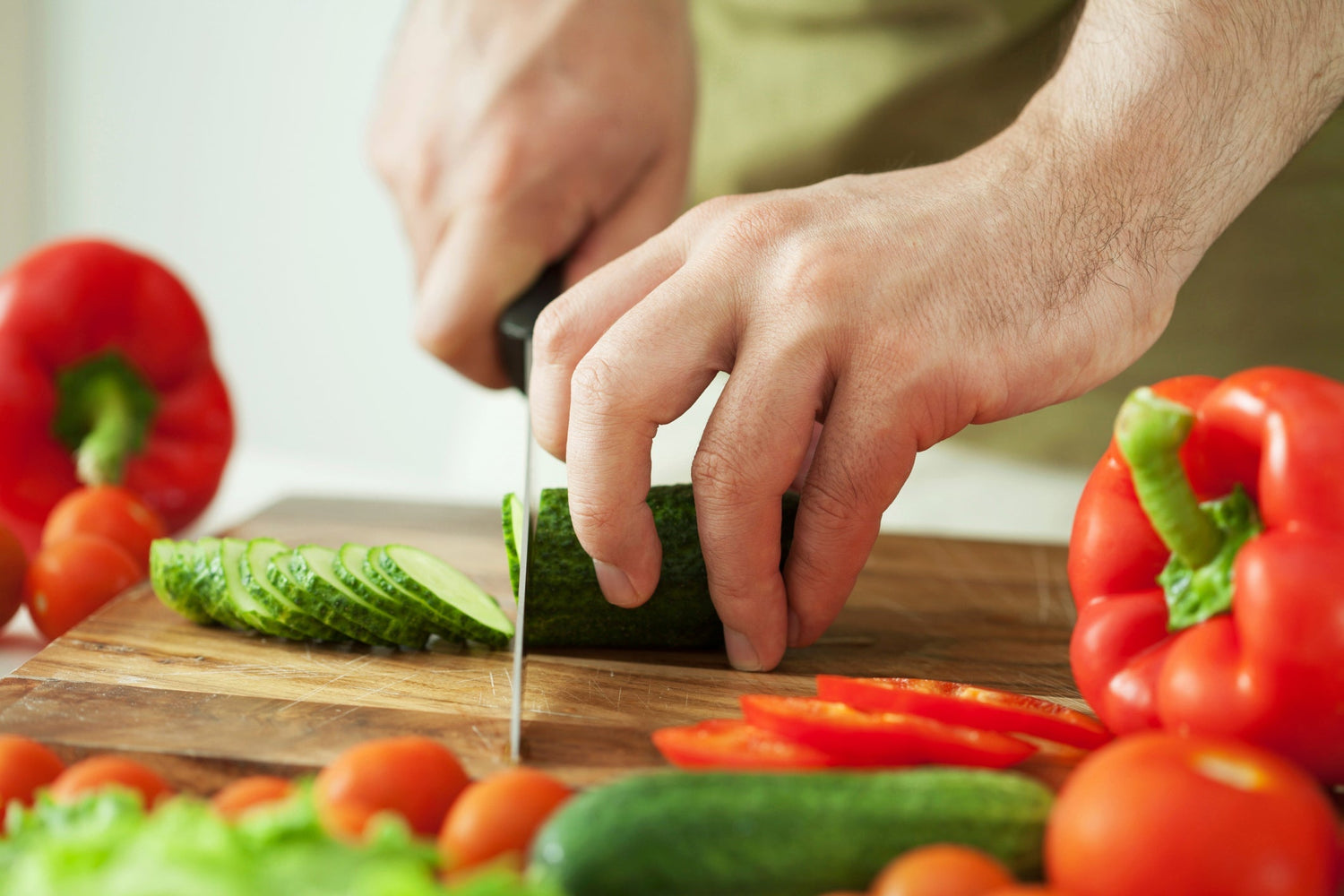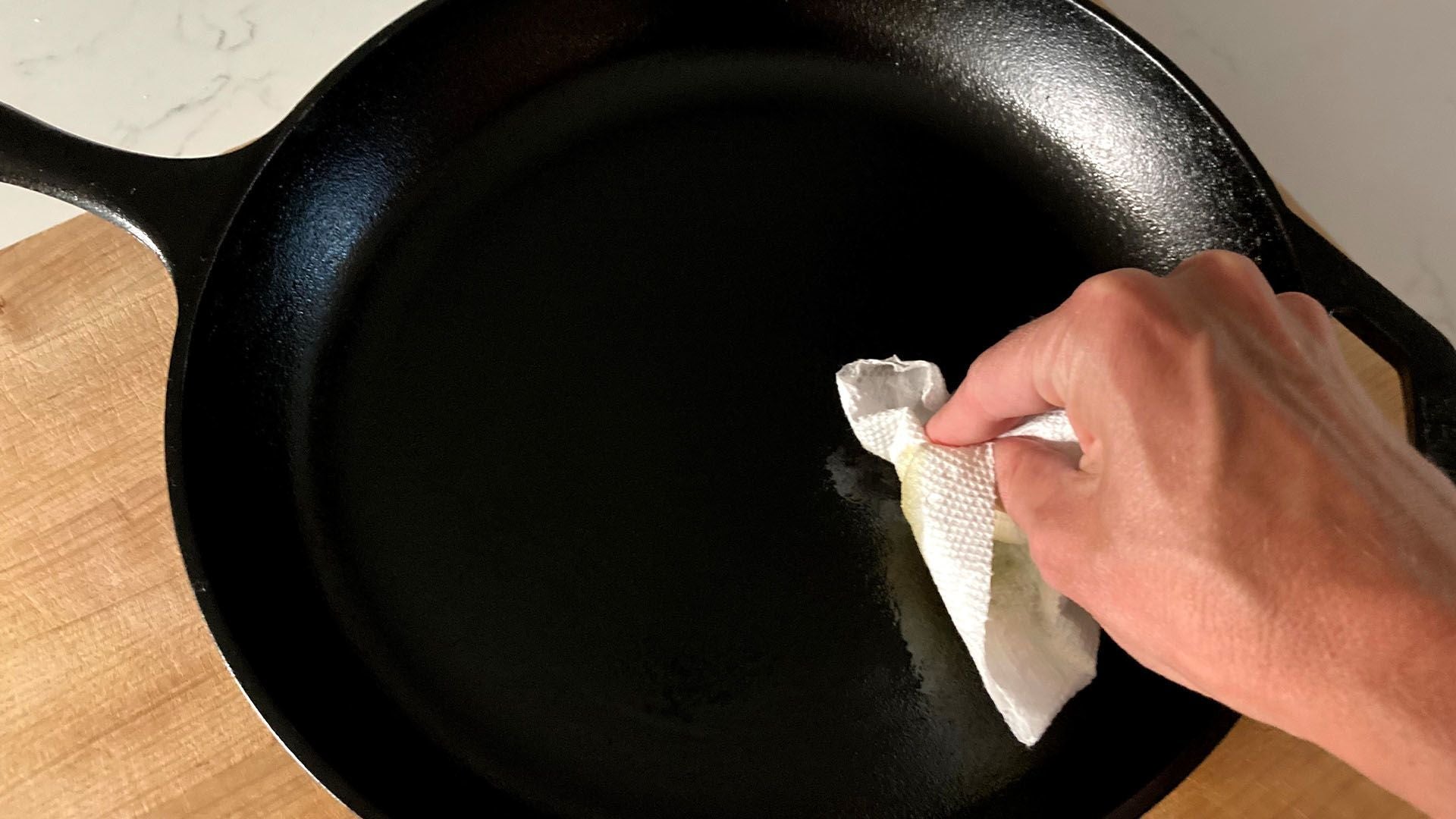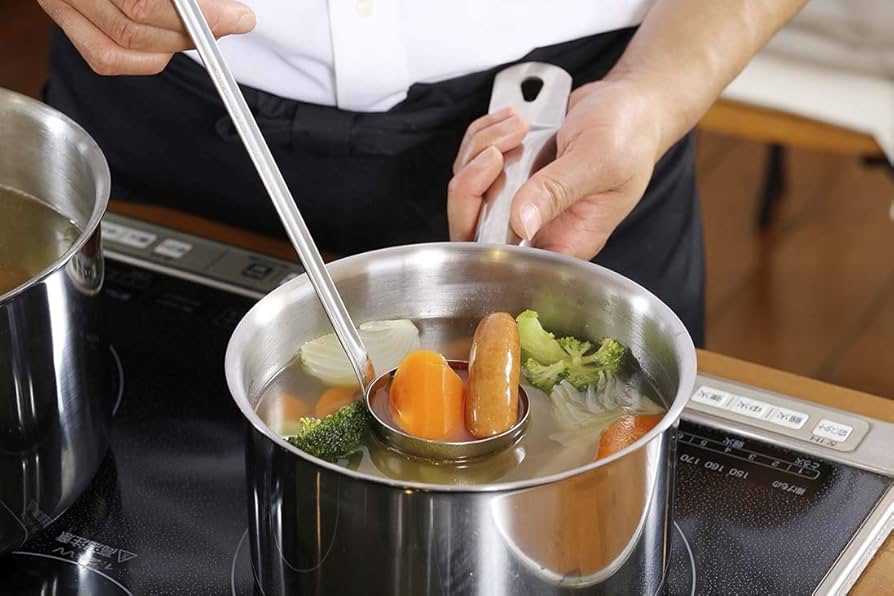Wooden cutting boards are an essential tool in the kitchens of culinary professionals and home cooks alike. However, maintaining the cleanliness of these boards can often be a challenge. This is where hydrogen peroxide steps in as a game-changing solution. If you're wondering how to clean your wooden cutting board with hydrogen peroxide, you're not alone, and we're here to guide you through the process. Not only does hydrogen peroxide sanitize effectively, but it also preserves the beauty and functionality of your cherished wooden board.

Why Choose Hydrogen Peroxide for Cleaning?
When it comes to cleaning wooden cutting boards, hydrogen peroxide emerges as a simple yet highly effective solution. It serves as a natural disinfectant, killing harmful bacteria like Salmonella and E. coli that can linger after food preparation. Unlike harsher chemicals, hydrogen peroxide is safe for food-related surfaces and won't deteriorate the integrity of the wood making it a favorite for kitchen professionals.
Moreover, this cost-effective solution penetrates the porous surface of wooden boards, removing odors and stains without excessive scrubbing. If properly applied, it can offer a long-lasting method to maintain your cutting board's hygiene.
Step-by-Step Guide to Cleaning Wooden Cutting Boards with Hydrogen Peroxide
1. Gather Your Materials
Before starting, make sure you have everything you need:
- 3% hydrogen peroxide solution
- A soft-bristle brush or sponge
- A clean towel
- Warm water
- Optional: Coarse sea salt and a lemon for additional scrubbing
2. Rinse the Cutting Board
Begin by rinsing your wooden cutting board under warm running water to remove loose debris. Be cautious not to soak the board for an extended period, as excessive water can damage the wood by causing it to warp or crack.
3. Apply Hydrogen Peroxide
Pour a small amount of 3% hydrogen peroxide directly onto the surface of the cutting board. Spread it evenly using a soft-bristle brush or sponge. Allow the peroxide to sit for about 510 minutes so that it can disinfect the surface effectively.
4. Scrub Gently
Using your brush or sponge, scrub the surface of the board in circular motions to remove stains, odors, and residue. Pay extra attention to knife marks and grooves where bacteria might hide. For stubborn stains, sprinkle coarse salt onto the surface before scrubbing for added abrasion.
5. Rinse and Dry
After scrubbing, rinse the board thoroughly under warm water to remove all traces of hydrogen peroxide. Use a clean towel to pat the board dry immediately, as moisture can damage the wood. Stand the board upright in a well-ventilated area to ensure it dries completely.
Additional Wooden Cutting Board Maintenance Tips
Cleaning your cutting board with hydrogen peroxide is an effective sanitation method, but maintaining your board's health requires consistent care. Here are a few tips:
Regular Oiling
Periodically applying food-grade mineral oil to your cutting board will prevent it from drying out and cracking. Check out our guide on how to darken a cutting board for more information on preserving your wooden board's beauty.
Avoid Cross-Contamination
To prevent cross-contamination, consider using separate cutting boards for meats and vegetables. Review our article on reasons for sanitizing cutting boards for additional safety tips in the kitchen.
Avoid Dishwasher Cleaning
The intense heat and moisture in dishwashers can cause wooden boards to warp and crack. Hand washing with natural cleaners like hydrogen peroxide is the safest way to keep your cutting board in top shape.
FAQs
1. Can I use hydrogen peroxide on all wooden cutting boards?
Yes, hydrogen peroxide is safe for most wooden cutting boards. However, always ensure the board is sealed and not overly dry before applying hydrogen peroxide to avoid potential damage.
2. How often should I clean my wooden cutting board with hydrogen peroxide?
For busy kitchens, cleaning your board after every meat preparation session and at least once a week as a general practice is recommended.
3. Can hydrogen peroxide remove deep knife marks?
Hydrogen peroxide can disinfect knife marks but might not fully remove them. Deep grooves may need sanding, as detailed in our post on removing scratches from wooden cutting boards.

External Resources
For additional cleaning and maintenance techniques, refer to cutting board care tips. These insights are invaluable for preserving the longevity of your wooden cutting boards.
This article contains affiliate links. We may earn a commission at no extra cost to you.






Leave a comment
This site is protected by hCaptcha and the hCaptcha Privacy Policy and Terms of Service apply.